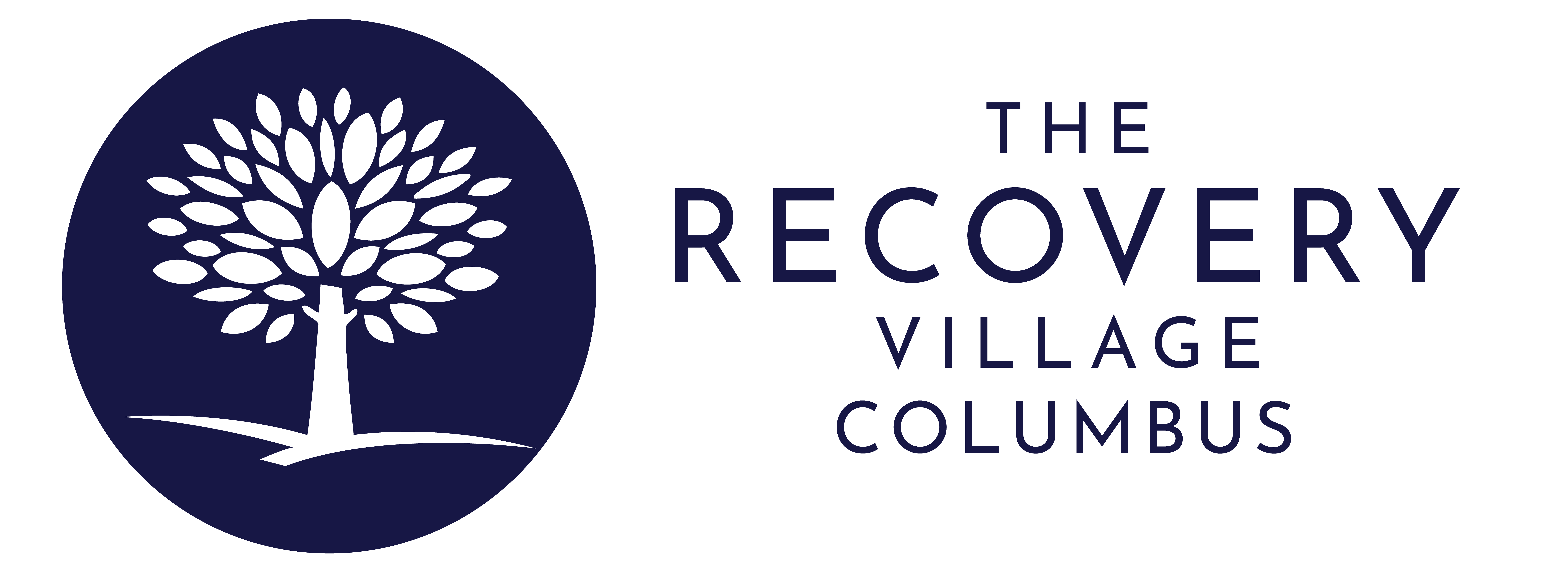Things You Might Not Know About Buckeyes (and Opioids)
Written by Melissa Carmona
& Medically Reviewed by Dr. Kevin Wandler, MD
Medically Reviewed
Up to Date
Updated 12/20/2022
weren’t aware of. Lesson one: buckeyes aren’t true nuts, they are considered nut-like seeds. Prepare to be educated about this Ohio staple. And, less than subliminally, about the newest Ohio mainstay, opioids.
The Science
- Aesculus glabra: Common name: Ohio Buckeye. It is one of approximately 19 species.
There are dozens of opioid varieties, and they are classified into three main types: natural opiates like morphine, semi-synthetic opioids like oxycodone or heroin, and full synthetics like fentanyl and carfentanil.
- C17H19NO3: Common name: Morphine | Street Names: M, Miss Emma, Monkey
- C21H23NO5: Common name: Heroin | Street Names: Smack, Tar, Dragon, H
- C22H23N2O: Common name: Fentanyl | Street Names: Apache, China Girl
Appearance
Ohio buckeyes are small-to-medium-sized deciduous trees. The deep green leaves are comprised of five smaller leaflets — much like fingers on a hand. Spiky seed pods protect the most recognizable part of the plant, the buckeyes themselves. Their enigmatic name is based on the seed shell’s brown color and white center. It looks like a buck’s eye.
Opioids have a greater variation in appearance. Codeine syrup is red. Oxycodone takes the form of circular pills of various colors depending on brand and dosage. Heroin is a yellow-white or brown powder, or a black tar substance. And fentanyl comes in prescription sprays, patches, pills, lollipops or illegal white powder.
No matter the size, shape, texture, or color they take, one thing remains true: All opioids are highly addictive. Often disastrously so.
Distribution
As the official state tree, it’s no surprise the buckeye tree is prevalent across Ohio. The plant’s reach also extends into Pennsylvania, southern Michigan, and westward into Illinois. The same can be said for opioids. While buckeye trees rely on pollen to spread, opioids rely on at-risk communities and individuals to spread like a plague.
But unlike the buckeye tree, the opioid addiction and overdose footprint is growing larger and disseminating across the country into West Virginia, Kentucky, New Hampshire, Rhode Island, and elsewhere.
Cultural Meaning
Buckeyes embody Ohio culture. The nut has been the Ohio State University’s mascot since 1950. Brutus the Buckeye amps up massive crowds at their football games, and his signature nut-shaped head can’t be missed. Even the “O” in the state flag is designed after the seed’s shell. Beyond this, the nuts themselves are considered good-luck charms and are a statewide treasure.
Opioids, on the other hand, are considered a national epidemic. These drugs kill indiscriminately across cultural, ethnic, and gender lines. But there does seem to be a pattern in Ohio. The Henry J. Kaiser Family Foundation found that white men 25–34 years of age were the most common victims of opioid overdose deaths.
Consumption
From leaves to bark, the buckeye tree is a poisonous plant. Removing the shell and roasting the nut neutralizes its harmful tannic acid content and makes for a protein-packed snack. If not prepared properly though, buckeye nuts are toxic to humans, causing symptoms including weakness, diarrhea, vomiting, paralysis, and death. Sound familiar?
Similar symptoms are present in opioid use, misuse, and overdoses. Some opioids, like fentanyl, require as little as a grain-of-sand-sized amount to overdose.
Better to stick to the peanut butter and chocolate buckeye candies and avoid opioids entirely.
Medicinal Uses
Native Americans once used buckeyes for both nutritional and medicinal purposes. These tribes would crush and knead the nuts into a salve for rashes and cuts. Today, some believe that buckeyes can relieve rheumatism and arthritis pain.
Prescription opioids were first created exclusively for pain relief. There is certainly no denying their medicinal value for patients with chronic pain. However, the dose makes the poison, and the opportunity for misuse and addiction is always possible.
While we don’t offer buckeye addiction treatment yet, we are experts on just about every other kind. If you or someone you love is suffering from a substance use disorder, The Recovery Village Columbus will provide you with the rehabilitation and resources needed to lead an opioid-free life. Contact an intake coordinator today to learn more about the treatment options available.
If you or a loved one are struggling with alcohol or other drugs, call us now to speak with a Recovery Advocate. All calls are free and 100% confidential.
Authorship

